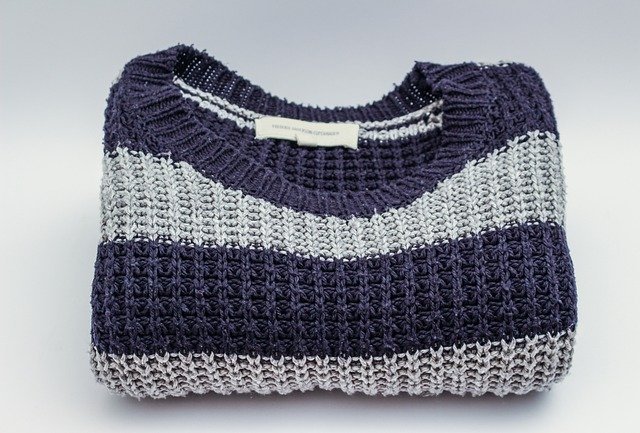**Topic: "Sustainable Fashion: The Future of Style"** In this post, we will

Sustainable Fashion: The Future of Style
As we step into a new era of consciousness and responsibility, sustainable fashion emerges as a beacon of hope for the industry and our planet. With the adverse effects of fast fashion becoming increasingly apparent, the shift towards sustainable practices is not just a trend; it's a necessity.
What is Sustainable Fashion?
Sustainable fashion refers to clothing, accessories, and footwear that are designed, manufactured, and marketed in a way that is environmentally friendly and socially responsible. This means considering the entire lifecycle of a product, from raw materials to production, distribution, and disposal.
Key Principles of Sustainable Fashion
Eco-Friendly Materials: Utilizing organic, recycled, or upcycled materials reduces the environmental impact. Fabrics like organic cotton, Tencel, and recycled polyester are gaining popularity.
Ethical Production: Ensuring fair wages and safe working conditions for all workers in the supply chain is crucial. Brands are increasingly transparent about their manufacturing processes.
Minimal Waste: Implementing zero-waste designs and practices helps reduce the amount of textile waste that ends up in landfills. Brands are also embracing made-to-order and limited production runs.
Longevity and Quality: Creating timeless pieces that are built to last encourages consumers to buy less and wear more. Investing in quality over quantity is a key aspect of sustainable fashion.
Circular Economy: Promoting recycling, upcycling, and second-hand shopping helps extend the lifecycle of garments and reduces the need for new resources.
Why Sustainable Fashion Matters
Environmental Impact: The fashion industry is one of the largest polluters in the world. Sustainable practices can significantly reduce carbon footprints, water usage, and waste.
Social Responsibility: By prioritizing ethical labor practices, we can support communities and empower workers, ensuring they receive fair compensation and safe working conditions.
Consumer Awareness: As consumers become more educated about the impact of their choices, they are increasingly demanding transparency and sustainability from brands.
The Future of Style
The future of fashion lies in innovation and creativity. Designers are now challenged to think outside the box and create pieces that are not only stylish but also sustainable. Here are some trends shaping the future of sustainable fashion:
Tech-Driven Solutions: From 3D printing to AI-driven design, technology is paving the way for more sustainable practices in fashion.
Rental and Subscription Services: These models allow consumers to enjoy a rotating wardrobe without the environmental impact of buying new clothes.
Collaborations: Brands are joining forces with environmental organizations to promote sustainability and raise awareness about the importance of eco-friendly practices.
Consumer Engagement: Brands are encouraging consumers to participate in the sustainability journey through initiatives like clothing swaps, recycling programs, and educational campaigns.
Conclusion
Sustainable fashion is not just a passing trend; it is the future of style. By making conscious choices and supporting brands that prioritize sustainability, we can all play a part in creating a more responsible and stylish world. Let's embrace this movement and redefine what fashion means for generations to come.
Join the conversation! What steps are you taking towards a more sustainable wardrobe? Share your thoughts in the comments below!
